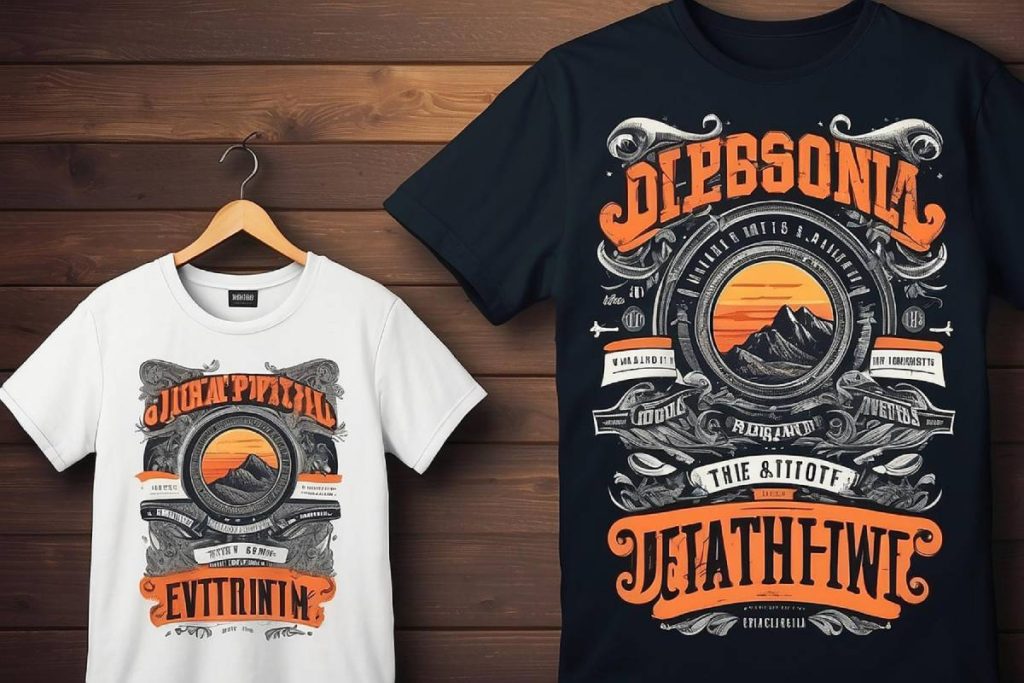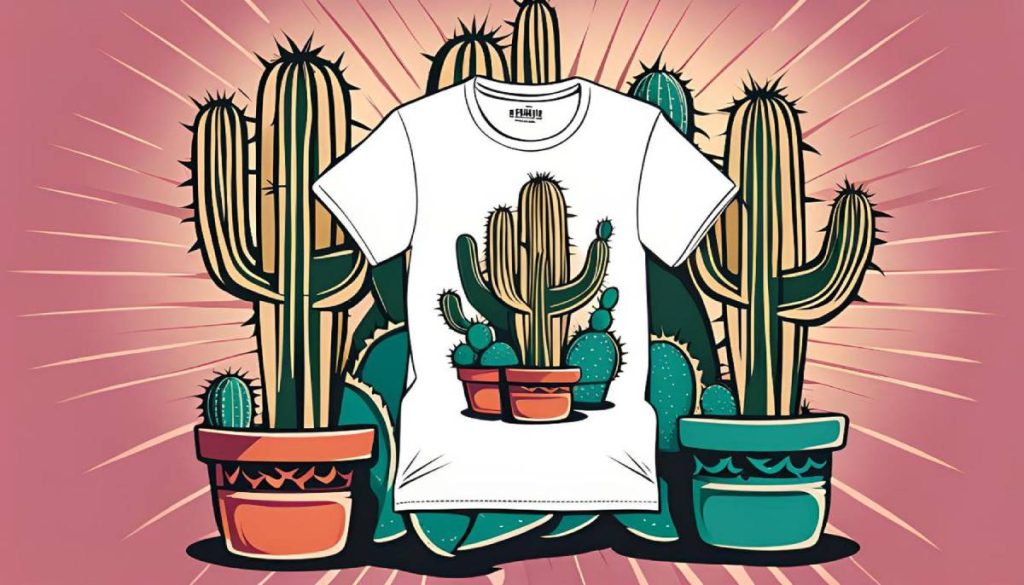DTF gangsheets are at the forefront of modern textile printing, transforming how designs are applied to fabrics. By consolidating multiple graphics on one film, DTF printing not only streamlines the production process but also ensures that high-quality prints maintain their vibrancy and detail. As a game changer for graphic design enthusiasts and professionals alike, these sheets reduce waste and enhance efficiency without compromising on quality. In this guide, we will delve into the essential steps for mastering the creation of DTF gangsheets, allowing you to maximize your print production capabilities. As the demand for high-quality textile printing continues to rise, understanding this innovative technique will position you at the cutting edge of the industry.
Known alternatively as Direct-to-Film sheets, DTF gangsheets represent a significant breakthrough in the realm of printing textiles. This approach consolidates various design elements onto one film layer, effectively optimizing the print process. Whether you’re involved in graphic art, textile decoration, or mass print production, these sheets cater to diverse needs while ensuring that every design maintains its integrity. This article aims to provide insights into creating these high-quality print solutions, diving into topics relevant to professionals seeking to enhance their design workflow. With the evolution of printing technologies, understanding these advancements is crucial for anyone looking to make their mark in the printing business.
Understanding DTF Gangsheets in Textile Printing
DTF gangsheets have become a cornerstone for businesses in the textile printing industry, offering a streamlined approach to design transfer. By consolidating multiple images onto a single film sheet, DTF printing not only reduces waste but also enhances the overall workflow. This method is especially favorable for large production runs or custom orders, as it optimizes time and resources. Understanding the intricacies of DTF gangsheets can empower designers to create more appealing products while improving efficiency.
In addition to saving time, DTF gangsheets enable consistency across multiple prints, a crucial factor that assures customer satisfaction. With the ability to produce high-quality prints that maintain their vibrancy through washes, DTF printing has garnered significant attention. As textile printing technology evolves, the techniques surrounding DTF gangsheets continue to adapt, offering professionals more ways to harness the potential of their designs.
Essential Software for DTF Printing Design
Choosing the right software is vital for anyone looking to excel in DTF printing. Programs such as Adobe Illustrator and CorelDRAW provide powerful tools necessary for crafting custom designs that will translate beautifully onto fabric. These design platforms allow users to manipulate images efficiently, maintaining high graphic quality which is indispensable for creating dynamic artworks. Equipped with features that cater to both beginners and seasoned graphic designers, these applications help set the stage for successful DTF production.
Moreover, understanding how to leverage these design tools effectively can lead to impressive outcomes in DTF printing. Designers are encouraged to familiarize themselves with features related to color management and vector graphics, key components that influence the quality of the final product. By ensuring that designs are prepared with the utmost care within these software environments, users can not only enhance the visual appeal of their textiles but also sustain the physical durability expected in high-quality prints.
The Importance of Color Management in DTF Printing
Color management is an essential step in the DTF printing process that significantly influences the accuracy and vibrancy of the final output. Utilizing the correct color profiles, primarily CMYK, allows graphic designers to align their digital concepts with the printed fabric representations. This aspect ensures that the hues seen on a screen closely match those transferred onto fabrics, preventing discrepancies that can lead to dissatisfaction among customers and clients.
Additionally, each type of ink and film may require special adjustments in color settings to achieve optimal results. Regular calibration of printers and monitoring of ink types contributes to achieving the right color dynamics throughout the print production process. Thus, understanding and implementing effective color management techniques is crucial for professionals aiming to excel in creating high-quality DTF gangsheets.
Choosing the Right Film and Ink for Quality Prints
The selection of film and ink in DTF printing plays a pivotal role in determining the overall print quality and durability. High-quality DTF films that ensure smooth transfer and robust adhesion are vital for vibrant and lasting designs. Different films may cater to various fabric types; thus, knowing the compatibility of film with specific inks is crucial for successful production. High-quality films also contribute to minimizing issues such as color bleed and print distortion.
Inks also vary significantly in quality and formulation, and testing these inks on different films is often necessary. Each combination yields unique outcomes, impacting brightness, wash durability, and texture. To achieve the best results, professionals should invest time in testing various combinations of films and inks, ensuring that their prints stand up to the rigorous demands of wear while maintaining a professional appearance.
Optimizing Layouts for Efficient DTF Gangsheets
An efficient layout is crucial when building DTF gangsheets, a strategy that enhances both productivity and print quality. Proper arrangement of designs not only allows for improved space utilization but also helps avoid common printing errors that may arise when images are too close to each other. Utilizing templates can facilitate quicker setup times and provide consistency across different projects, making it easier to replicate successful designs.
Further, maintaining adequate spacing between designs ensures a seamless cutting process once printing is complete, allowing for clean transfers onto the fabric. As designers work to maximize the efficiency of their prints, the consideration of layout becomes key to establishing a systematic workflow that leads to high-quality output.
Evaluating Innovations in DTF Printing Technology
The DTF printing industry is rapidly evolving, with technology advancements continually changing the landscape of textile printing. Newer formulations of inks have been introduced to provide better vibrancy and durability, enabling users to meet the demanding standards of current market trends. These innovations allow for a broader range of applications, catering to diverse fabric types while ensuring quality remains paramount.
On the film side, recent developments in adhesive technologies have made it easier for prints to adhere effectively across various textiles. Innovations in films not only enhance the transfer process but also contribute to overall print longevity and wear resistance. Keeping abreast of these technological advancements is essential for professionals looking to remain competitive and create top-tier DTF printing results.
Frequently Asked Questions
What are DTF gangsheets and how do they enhance DTF printing?
DTF gangsheets are layouts that consolidate multiple designs on a single DTF film, optimizing the textile printing process by reducing waste and improving consistency in prints. This approach allows for high-quality prints and more efficient production, making it a valuable technique for garment decorators.
What software is recommended for designing DTF gangsheets?
For designing DTF gangsheets, graphic design software like Adobe Illustrator or CorelDRAW is recommended. These programs provide powerful tools that help in creating and manipulating high-resolution images, essential for achieving high-quality prints in DTF printing.
How does color management affect the quality of DTF printing?
Effective color management in DTF printing ensures that the colors in your digital designs accurately match the printed output. It’s important to use the CMYK color profile and adjust settings based on the specific inks and DTF films being used, which directly influences the overall vibrancy and quality of the prints.
What materials are essential for producing high-quality DTF gangsheets?
To produce high-quality DTF gangsheets, you need smooth, high-quality DTF films and compatible inks. Choosing the right materials ensures excellent adhesion and vibrant prints, critical for achieving durable and professional results in textile printing.
What steps should be taken during the curing process after printing DTF gangsheets?
After printing your DTF gangsheets, it’s essential to use a heat press to cure the designs properly. Apply the correct temperature and press time to ensure that the ink bonds well with the DTF film, leading to improved adhesion and print durability when transferred to fabric.
How can I test the quality of my DTF printed materials?
Conducting test prints on various fabrics is vital for checking the quality of your DTF prints. This includes performing durability checks to see how well the designs hold up against wear and washing, ensuring the final products meet customer expectations for longevity and quality.
| Key Steps | Details |
|---|---|
| 1. Design Preparation | Utilize graphic design software, ensure high resolution (300 DPI), and favor vector graphics for scalability. |
| 2. Color Management | Work in the CMYK color profile and adjust settings based on ink and film compatibility. |
| 3. Film and Ink Selection | Choose smooth, high-quality DTF films and conduct ink testing for compatibility. |
| 4. Layout Optimization | Arrange designs efficiently on gangsheets using templates and proper gaps. |
| 5. Printing Process | Adjust printer settings for film and ink, and maintain regular printer service. |
| 6. Curing and Adhesion | Utilize a heat press to cure designs with the correct temperature and press time. |
| 7. Testing | Conduct test prints on various fabrics to check durability and print quality. |
Summary
DTF Gangsheets are critical for anyone serious about Direct-to-Film printing, as they enable the efficient transfer of multiple designs onto fabrics. By mastering the techniques of design preparation, color management, and material selection, you can produce high-quality prints that not only enhance productivity but also guarantee the vibrancy and durability desired by customers. As the DTF printing industry evolves with new technologies and eco-friendly practices, staying informed and adopting best practices will set you apart in this competitive field. This comprehensive guide serves as a cornerstone for both beginners and experienced printers aiming to refine their skills and ensure successful DTF printing outcomes.



